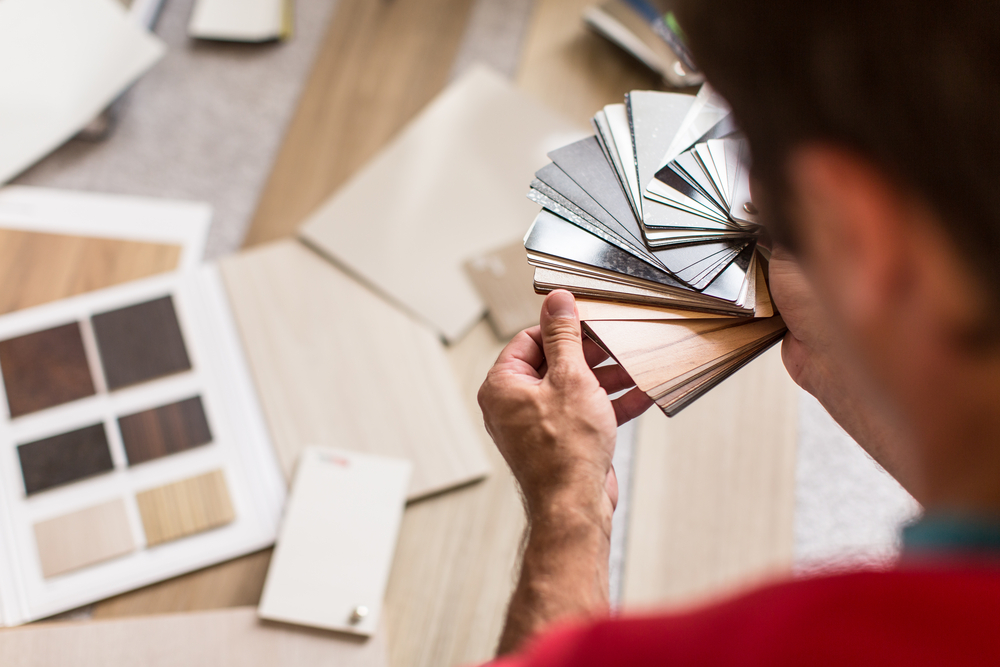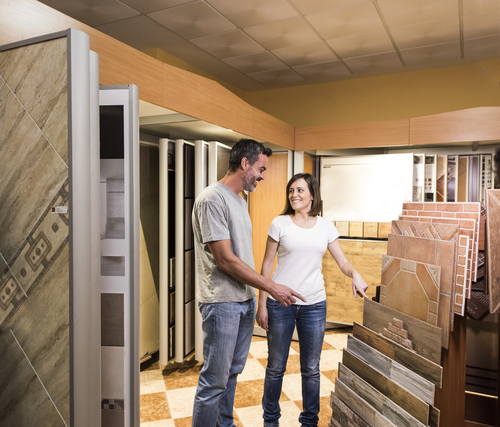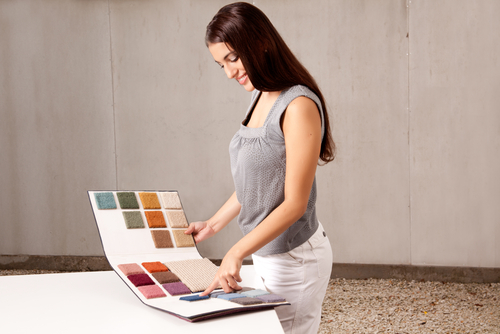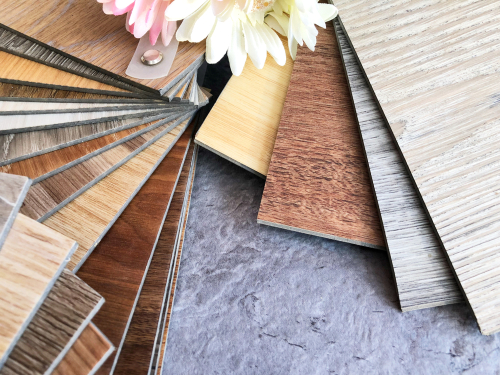
The floors in your home are highly visible as they’re on the horizontal plane so they shouldn’t be an afterthought.
The flooring you pick needs to work on both a practical and style level, complimenting your home’s interior.
What options do I have?
When it comes to flooring for your new build home you can choose from hard or soft finish floor coverings. There are five main types: Quickstep, carpet, standard vinyl, luxury vinyl and ceramic & porcelain floor tiles.
As flooring is fitted late on in the house building process you can theoretically take your time deciding which you would like.
However, we do like to install any ceramic or porcelain floor tiles before the skirting boards go on for a cleaner finish, so this might be worth bearing in mind and checking what the deadline is for your choices to be submitted.


Vinyl flooring is growing in popularity for both kitchens and bathrooms due to its durability and versatility. It’s long lasting, has waterproof properties and affordable.
Quickstep is well suited to every room in a home and has been the flooring type of choice over the last two decades, although carpet has seen a revival in recent years, especially in bedrooms and formal lounges.
Likewise, if you pick ceramic or porcelain floor tiles, larger tiles can help give the illusion of space they have similar qualities to that of grooveless Quickstep but have a wildly different impression on a room. Their texture and aesthetic can make a room feel cool and rustic, perfect for kitchens and dining rooms.
Whichever flooring types you decide on, there will be endless colour and style options available.
Selecting the right colour for your flooring
Be aware that darker shades can make rooms feel more compact and enclosed, whereas white and light colours can make rooms feel larger and more open.
To bring balance to a room with dark flooring have lightly coloured furniture or break it up with a large rug in a light shade.
Grey is a warmer colour and might be a good base for the whole of your house, especially if you haven’t decided on colour schemes for individual rooms just yet.


Light beige and white flooring will go with everything, and while they can be easily marked, they can be cleaned up just as easily.
This type of flooring might be best for low-footfall areas such as bedrooms, but if you’re planning on having a no shoes rule throughout your home you won’t be so concerned about marks.


